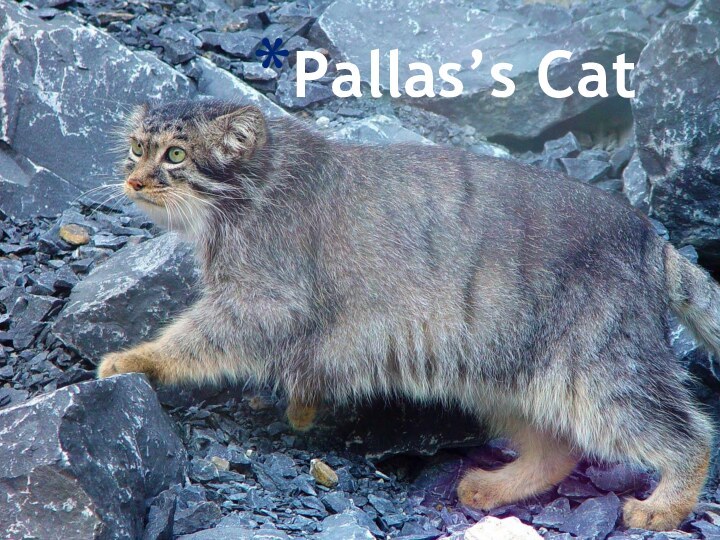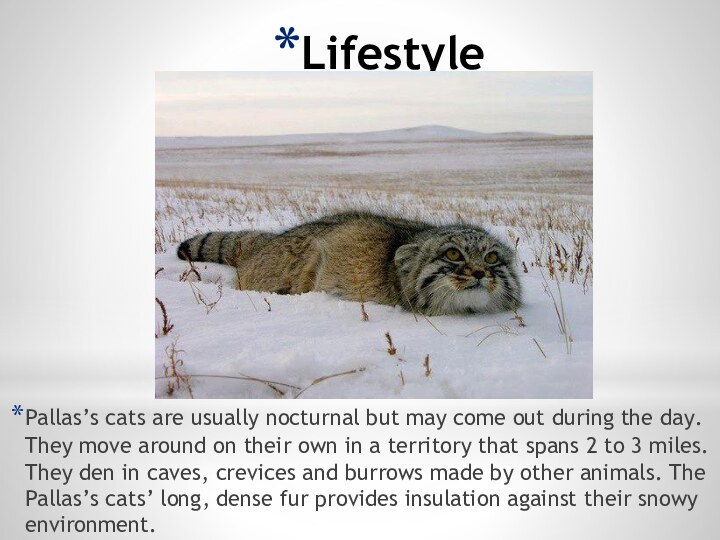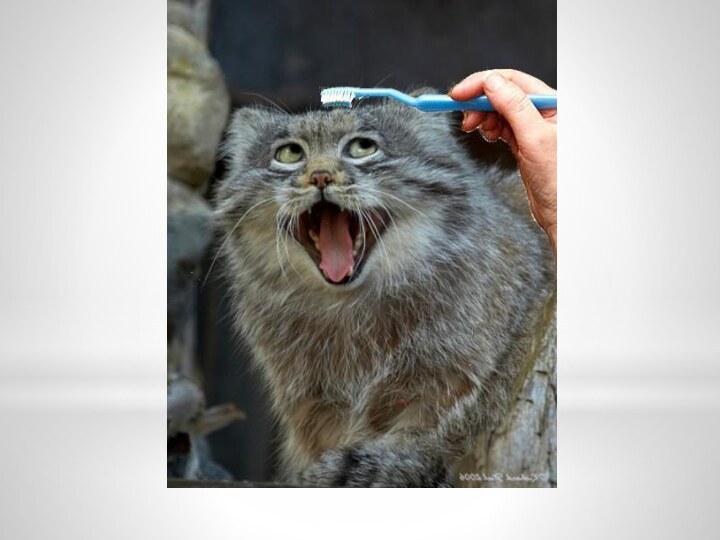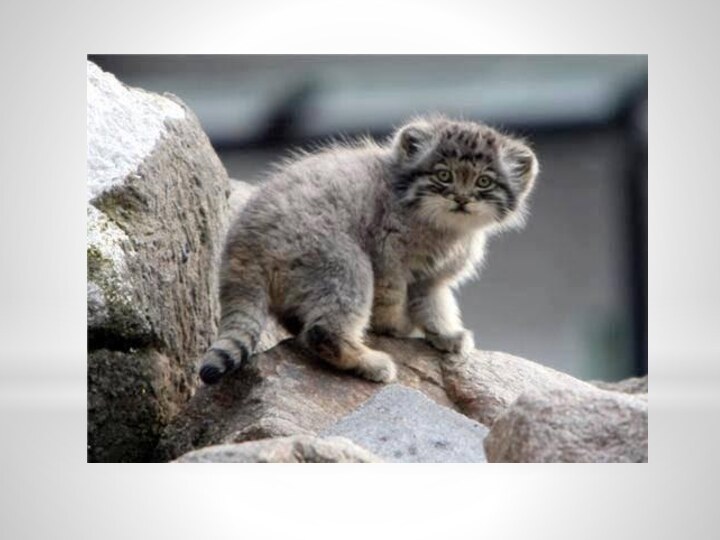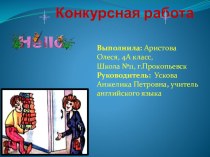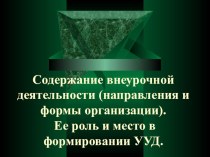- Главная
- Разное
- Бизнес и предпринимательство
- Образование
- Развлечения
- Государство
- Спорт
- Графика
- Культурология
- Еда и кулинария
- Лингвистика
- Религиоведение
- Черчение
- Физкультура
- ИЗО
- Психология
- Социология
- Английский язык
- Астрономия
- Алгебра
- Биология
- География
- Геометрия
- Детские презентации
- Информатика
- История
- Литература
- Маркетинг
- Математика
- Медицина
- Менеджмент
- Музыка
- МХК
- Немецкий язык
- ОБЖ
- Обществознание
- Окружающий мир
- Педагогика
- Русский язык
- Технология
- Физика
- Философия
- Химия
- Шаблоны, картинки для презентаций
- Экология
- Экономика
- Юриспруденция
Что такое findslide.org?
FindSlide.org - это сайт презентаций, докладов, шаблонов в формате PowerPoint.
Обратная связь
Email: Нажмите что бы посмотреть
Презентация на тему Pallas’s Cat
Содержание
- 2. Well-furred cats from the cold Asian steppes,
- 3. DistributionManul occur in Central Asia, from the
- 4. Lifestyle Pallas’s cats are usually nocturnal but
- 5. Food Pallas’s cat eats small mammals such as rodents and pikas, and ground-dwelling birds.
- 6. Life Cycle The Pallas’s cat can usually
- 7. Some of Neighbors Gazelles, marmots, gray wolves,
- 8. Population Status & Threats In the 1900s,
- 9. WCS Conservation Efforts WCS(Wildlife Conservation Society) is
- 10. The best hope for Pallas’ Cat is
- 13. Скачать презентацию
- 14. Похожие презентации
Well-furred cats from the cold Asian steppes, Pallas’s Cats Otocolobus manul are also called Manul, Steppe Cat or Rock Wildcat.
